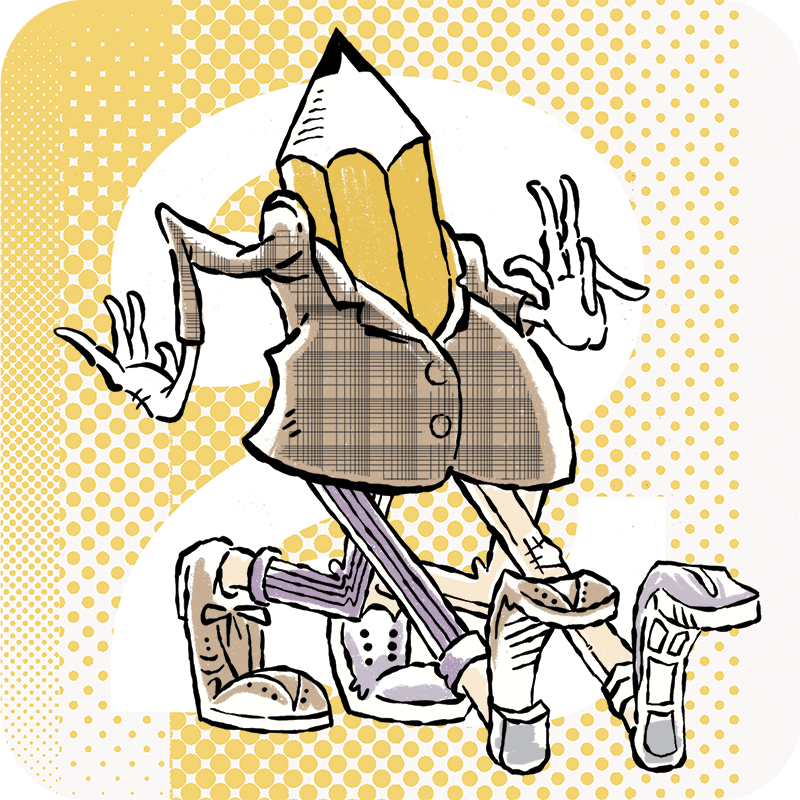When Bad Art is Secretly Good - Part 1
We hope you’ve been enjoying our recent series about Andy Warhol. We’ve tried to bring to life a person plenty has been written about, talked about and filmed, while still being enigmatic to even close friends.
Sure, he was the Campbell’s Soup can and Brillo box guy. But he was also the Marilyn guy. The Elvis guy. The music impresario and oddball films guy. The scene maker and quirky interview giver. Truly hiding in plain sight.
Let’s think back to what America was like at the time: Post World War II prosperity. The Red Scare has been happening. The Beats were the rebellious crazy people as we were shifting into the ‘60s. But as soon as Warhol began to find his stride as a fine artist, conservative America went nuts. Suddenly everyday John and Jane Doe understood “art.” They even had art in their pantry. A bit of a head-scratcher.
So how was Warhol able to crack the code and begin making fine art that was also thematically accessible to the typical suburbanite?
Let’s take a quick inventory of some of the paradoxes that made Andy, Andy…
Warhol had taste but wasn’t afraid to be shallow. Much like your two favorite podcast hosts.
He was antisocial but surrounded himself with other people.
Born into a heavily ethnic Central European family, his love of distinctly American cultural touchstones such as mass-produced products and Hollywood celebrities turned him into one of our nation’s greatest artists.
He became famous for one thing but wasn’t afraid to reinvent himself by doing something new.
He made the lowbrow (graffiti artists, drag queens, gay culture, consumer culture, people from the fringes) not only highbrow but more acceptable (dare we say desirable) by high society.
While his images told stories, he had no ability for true narrative within that art.
He possessed immense artistic talent but claimed he didn’t and turned arguably talentless people into artists.
Or was he the most artistically talented non-artist?
Or was he a talented artist who embraced mark making, happy accidents and life’s imperfections as perfect?
Warhol was an enigmatic contradiction. So what was he up to?
We have talked about the Silver Factory and the atmosphere there. The insular world Andy built for himself, surrounded by misfits and mayhem that resulted in, among many things, an attempt on his life. But maybe with all of his pop culture content, his appropriation of the familiar and coupling it with the bizarre, he was really holding up a silver-backed mirror to mainstream society.
His obsession with fame showcased its glitz and glamor. His obsession with lowbrow infamy — often sharing the same space and time — showed us life’s underbelly lurking just out of frame for many people. The stuff we didn’t want to talk about all that often.
So why, as a tastemaker, did he make so much “bad art” that broke the rules? Well, he made art. The public was left to decide if it was good or bad. Andy told us that. The old rules didn’t really matter, one of the cornerstones of the Pop Art movement.
Maybe if you didn’t get what he was up to, the art wasn’t bad. You were.
Or maybe Warhol was the honest one and everyone neck deep in consumer culture was the contradiction, the ones deceiving themselves. Buying the magazines with pictures of stars in them. Buying the stuff advertised in those magazines to make life a little bit better or to forget the things that made it bad (or both).
He began with commercial art and elevated commercialism itself into art. It’s hard to sell out when your work itself is based on selling out (or other people who have sold out and maybe also checked out).
But, you know, it may have all been bullshit... That was his power. While he left a lot of clues behind, he died before giving a straight answer.
Which leads us to ask a question: Who is our “Warhol” today?
Think about it. We’ll offer a few ideas in our next post. Stay tuned…
